Are you looking for an innovative display solution that adapts to different spaces? A Flexible LED Screen might be the perfect choice to enhance your project.
Flexible LED Screens are transforming the display industry with their ability to bend, curve, and conform to unique shapes. But what makes them so popular across various industries?
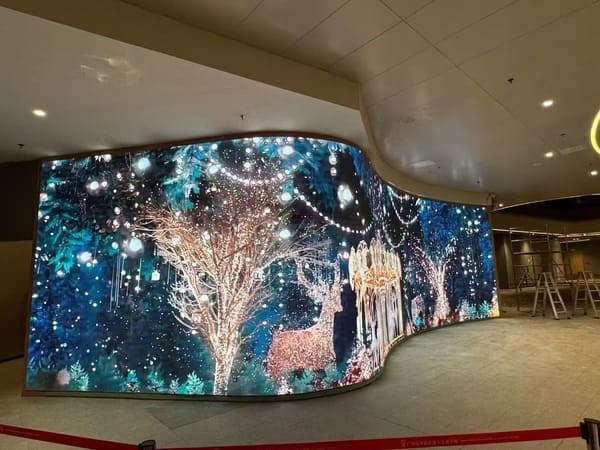
Before diving into the benefits, let’s explore how a Flexible LED Screen works and why it stands out from traditional displays.
How Does a Flexible LED Screen Work?
A Flexible LED Screen consists of light-emitting diodes (LEDs) mounted on flexible substrates, allowing it to bend without losing display quality.
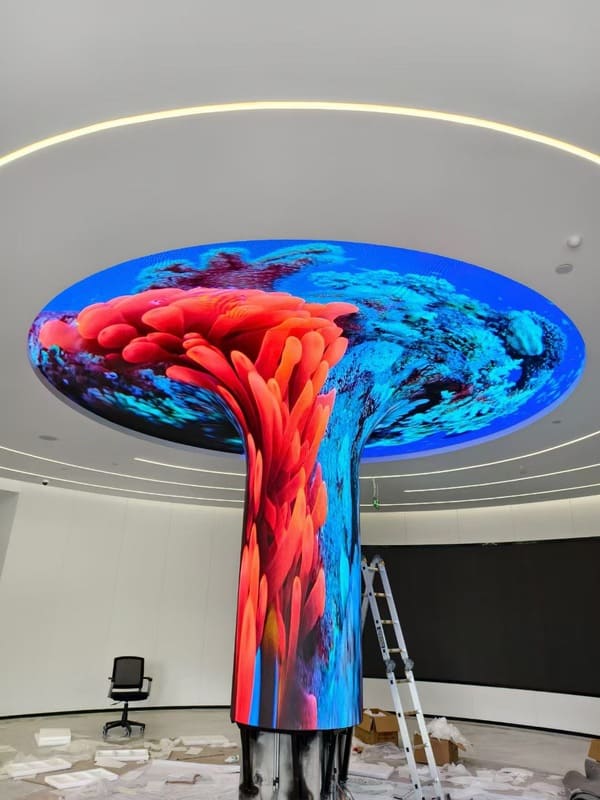
Unlike traditional rigid LED screens, a Flexible LED Screen uses materials like plastic or bendable circuit boards. The LEDs are arranged in a flexible pattern, allowing the screen to wrap around curved surfaces, cylindrical structures, or even corners.
Because of this unique design, a Flexible LED Screen can be bent, twisted, and shaped to fit spaces where traditional screens would not work. Their lightweight construction also makes installation easier, even in hard-to-reach areas.
Comparison: Traditional LED Screens vs. Flexible LED Screens
| Feature | Traditional LED Screens | Flexible LED Screens |
|---|---|---|
| Flexibility | Rigid | Highly flexible |
| Installation | Requires fixed mounts | Can be bent and shaped |
| Weight | Heavier | Lightweight |
| Durability | Standard | More durable under stress |
| Application Areas | Fixed locations | Custom shapes, walls, ceilings |
With these features, a Flexible LED Screen offers endless possibilities for creative digital signage and display solutions.
What Are the Advantages of a Flexible LED Screen?
Why should you consider a Flexible LED Screen for your project? Let’s explore its key benefits.
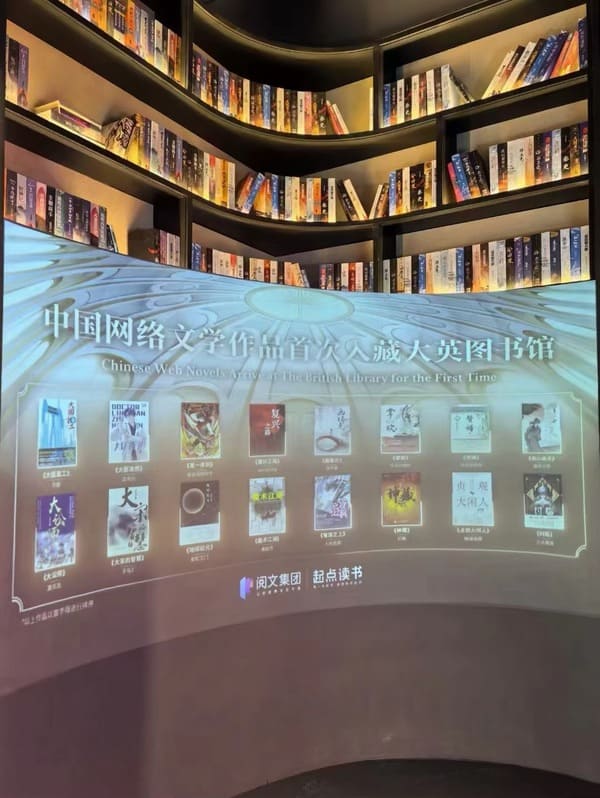
Key Benefits of a Flexible LED Screen:
- Adaptability – Can be bent and shaped to fit unique surfaces.
- Durability – More resistant to impact and bending than traditional LED displays.
- Lightweight Design – Easier to install and transport.
- Energy Efficiency – Consumes less power while maintaining high brightness.
- Customizable Sizes – Available in various sizes and pixel resolutions.
Comparison: Advantages of Flexible LED Screens vs. Traditional LED Screens
| Advantage | Flexible LED Screen | Traditional LED Screen |
|---|---|---|
| Adaptability | Can be bent and shaped | Fixed size and shape |
| Durability | Resistant to physical stress | Vulnerable to impact |
| Installation Flexibility | Can be installed in tight spaces | Limited to flat surfaces |
| Cost Efficiency | Lower shipping and installation costs | Higher due to weight and complexity |
Where Can a Flexible LED Screen Be Used?
The Flexible LED Screen is widely used across multiple industries due to its adaptability and stunning visual appeal. Here are some of the most popular applications:
1. Retail and Commercial Advertising
- Shopping malls and retail stores use Flexible LED Screens for creative and immersive advertising.
- Screens can be curved around pillars, ceilings, or irregular walls.
2. Events and Stage Designs
- Concerts, exhibitions, and live performances use Flexible LED Screens to enhance visual experiences.
- These screens can wrap around stages to create dynamic effects.
3. Architectural and Interior Design
- Hotels, museums, and corporate buildings integrate Flexible LED Screens into walls, ceilings, and lobbies.
- Provides a futuristic and modern visual appeal.
4. Sports Arenas and Stadiums
- Stadiums use Flexible LED Screens for dynamic scoreboards and 360-degree advertisement banners.
- Enhances audience engagement with large-scale digital displays.
5. Automotive and Transportation
- Used in vehicle dashboards, rear-seat entertainment systems, and smart billboards.
- Airports and train stations use Flexible LED Screens for adaptable information displays.
6. Entertainment and Theme Parks
- Theme parks use Flexible LED Screens for immersive attractions and LED tunnels.
- Theaters and cinemas incorporate flexible displays for unique storytelling.
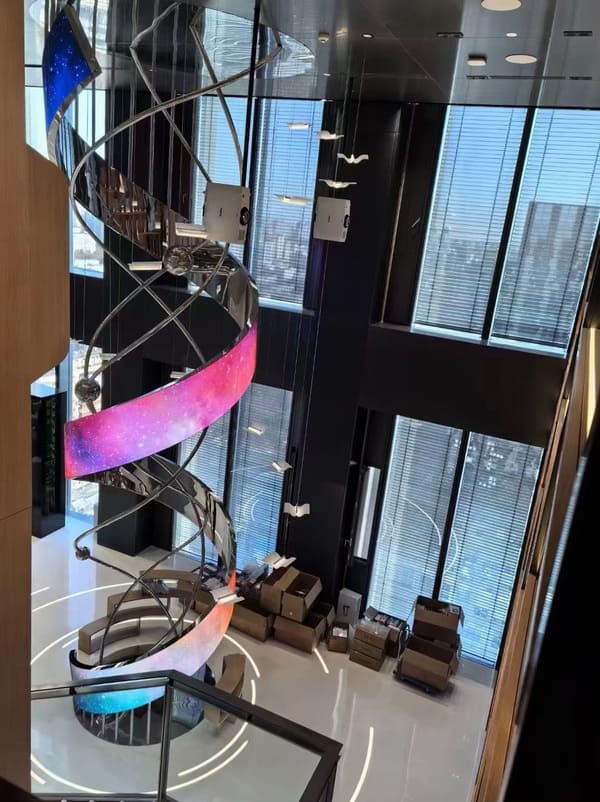
With these diverse applications, the Flexible LED Screen is redefining the future of digital displays.
How to Choose the Right Flexible LED Screen?
With so many options available, how do you select the best Flexible LED Screen for your needs?
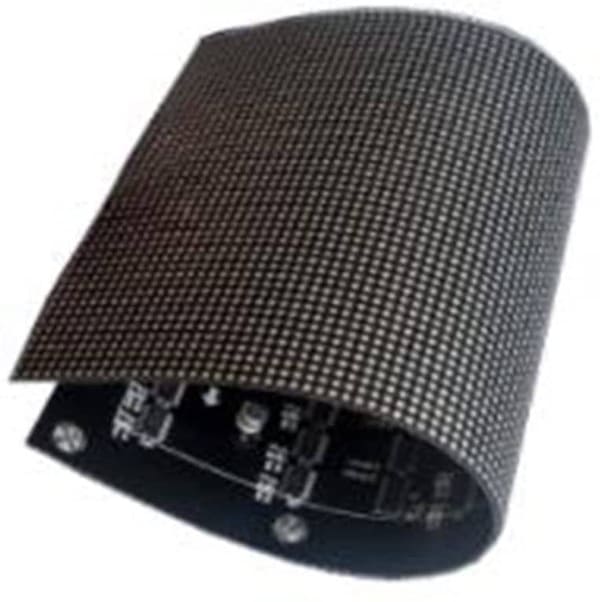
Consider the following factors before purchasing a Flexible LED Screen:
1. Size and Resolution
- High resolution is crucial for close-viewing applications, such as retail and exhibitions.
- Lower resolution is acceptable for large-scale outdoor displays.
2. Flexibility Level
- Some Flexible LED Screens bend into extreme curves, while others allow slight bending.
- Choose based on your project’s design requirements.
3. Indoor vs. Outdoor Installation
- Outdoor screens require waterproofing, UV protection, and higher brightness.
- Indoor screens focus on color accuracy and low power consumption.
Buying Guide: Choosing the Best Flexible LED Screen
| Factor | Recommended for Flexible LED Screens | Considerations for Purchase |
|---|---|---|
| Size and Resolution | Match resolution to the viewing distance | Higher resolution for close viewing |
| Flexibility | Choose based on the required curvature | Extreme flexibility for complex shapes |
| Environment | Consider outdoor durability | UV resistance and waterproofing for outdoors |
By carefully evaluating these factors, you can ensure that you select the right Flexible LED Screen for your project.
Conclusion
A Flexible LED Screen is a game-changer in digital displays, offering versatility, durability, and cost-effectiveness. Whether for retail advertising, event displays, architectural design, or stadium scoreboards, these screens unlock new creative possibilities.
If you want an innovative display solution, Flexible LED Screens are the future of digital signage and immersive experiences. Upgrade your next project today with this cutting-edge technology!
